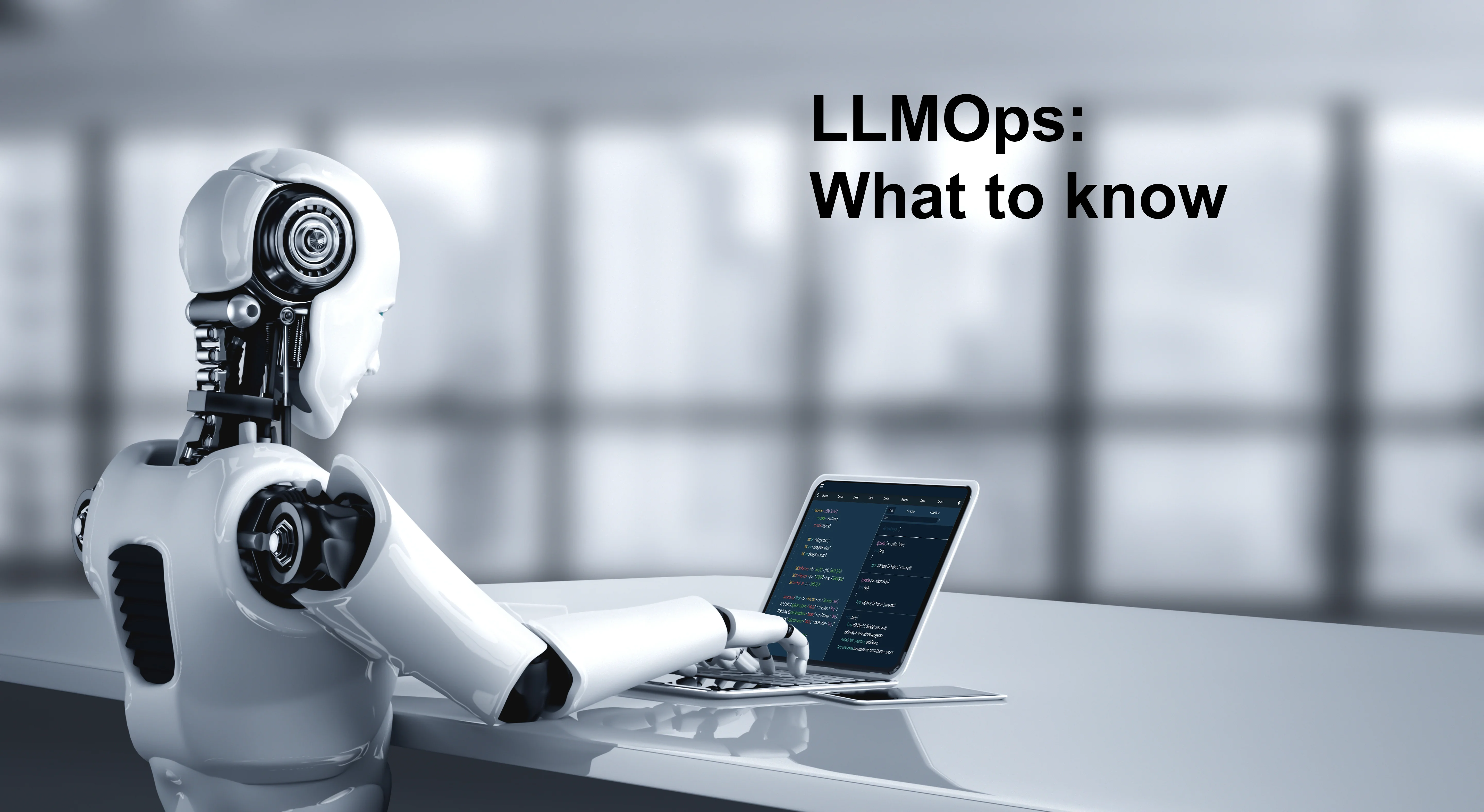What is LLMOps?
What is LLMOps?
LLMOps, or Large Language Model Operations, refers to the set of practices and tools used to manage, streamline, and operationalize large language models. LLMOps is a cross between LLM and MLOps.
- LLMs – are a type of foundation model that cna perform a variety of NLP task, including generating and classifying texts, answering questions in a conversational manner and translating texts.
- MLOps – is a discipline that streamlines and automates the lifecycle of ML models.
LLMOps applies MLOps principles and infrastructure to LLMs. Making LLMOps a subset of MLOps.
The Need for LLMOps
Wtih more and more Large Language Models (LLMs), like Cohere Command, OpenAI GPT-4, and many others, coming to market; they will require more resources and drive more complexity. Due to these reasons, they will require specialized techniques and infrasturcutre for their develoment, deployment, and maintenance.
Below are some fo the challenges of operationalizing LLMs:
- Model Size and Complexity – LLMs are very large and complex models. This makes them difficult to train, fine-tune, and deploy.
- Data Requirements – LLMs require massive datasets of text and code to train. This can be a challenge to collect and curate.
- Infrastructure Requirements – LLMs require a lot of computational power and storage. This can be a challenge to provision and manage.
- Performance – Ensuring LLM performance at scale requires computational resources, time, and highly skilled professionals, which are not always available.
- Security and Privacy – LLMs can be used to generate sensitive text, such as personal information or creative content. It is important to implement security and privacy measures to protect this data.
- Interpretability – LLMs are often opaque and difficult to interpret. This can make it challenging to understand how they make decisions and to ensure that they are not biased.
- Ethical Considerations – LLMs may be subject to bias, toxicity, hallucinations, or other ethical concerns. It is important to implement guardrails to protect against these risks.
LLMOps aim to address the challenges associated with managing LLMs and ensure they are efficient and effective for production environments. LLMOps help deploym applications with LLM models securely, efficently, and at scale!
What is inclued with LLMOps?
Key aspects of LLMOps are:
- Data Creation, Curation and Management – Organizing, storing, and preprocessing the large amounts of data required for training language models. This includes data versioning, ingestions, and data quality checks.
- Model Training – Implementing scalable and distributed training processes to train large language models. Includes techniques like parallel processing, distributed computing, and automated hyperparameter tuning.
- Model Deployment – Deploying large language models into production systems, often as APIs or services. Requires infrastructure setup, load balancing, scaling, and monitoring, to ensure reliable and efficient model serving.
- Monitoring and Maintenance – Ongoing monitoring of model performance, health, and resource usage. Includes tracking metrics, detecting anomalies and triggering alerts for prompt action. Regular model updates and retraining may also be part of the maintenance process.
- Security and Governance – Ensuring the security and privacy of large language models and their associated data. This includes access controls, encryption, compliance with regulatory requirements and ethical considerations like Responsible AI.
- CI/CD – Adopting CI-CD practices to automate the testing, validation, and deployment of LLMs. This enables faster iterations and reduces the risk of errors in production.
- Collaboration and Reproducibility – LLMOps emphasizes collaboration and reproducibility of LLMs. This includes version control, experiment tracking and documentation to enable collaboration among data scientists, engineers and researchers.
Many of these key aspects are similar to MLOps. In LLMOps, they are extended and adjusted to meet the requirments of LLMs.
LLMOps Landscape
With the ever growing LLM landscape, LLMOps is constantly evolving, new tools and platforms are being developed to meet the needs of organizations.
Here are a few:
Open Source:
- Huggnig Face – a leading open-source software company that provides tools and libraries for build and using LLMs.
- MLRun – an open-source orchestration framework that can be used to operationalize LLMS. Enables scaling and automation of ML and LLM pipelines in a streamlined manner.
Vendor Based (sampling):
- Microsoft – with the Azure platform, Microsoft has provided commercialized access to OpenAI’s LLMs and recently released Azure AI Studio to help develop, scale, and streamline LLMOps.
- Oracle – On the Oracle Cloud Infrastructure (OCI), has provided access to Cohere’s LLMs through the AI & Automation services. Access to LLMs is done through APIs and development in various languages.



